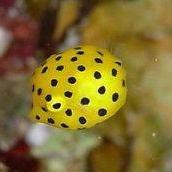-
Topics
-
Latest Update
-
-
1
Berghia Nudibranch for Sale - $30
Selling Berghia Nudibranch for $30 a piece as they have cleared out my aiptasia and I need to let them go. Sizes range from 3/4 to 1/5 inches. Deal at 659765 or pay for own delivery. -
1
-
1
Wts used hydra52
Changed new light, led set used about less than 20% intensity with no fan running. Used at open area. No burnt leds. Use for LPS 20% intensity is good enough. $120 set with power adapter. No hanging kit or stand. 1st owner. Just taken down today. Collection woodlands area. -
0
-






Recommended Posts
Join the conversation
You can post now and register later. If you have an account, sign in now to post with your account.